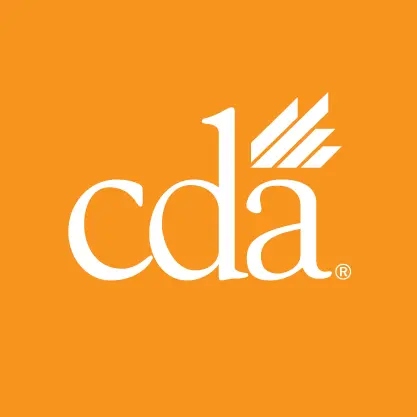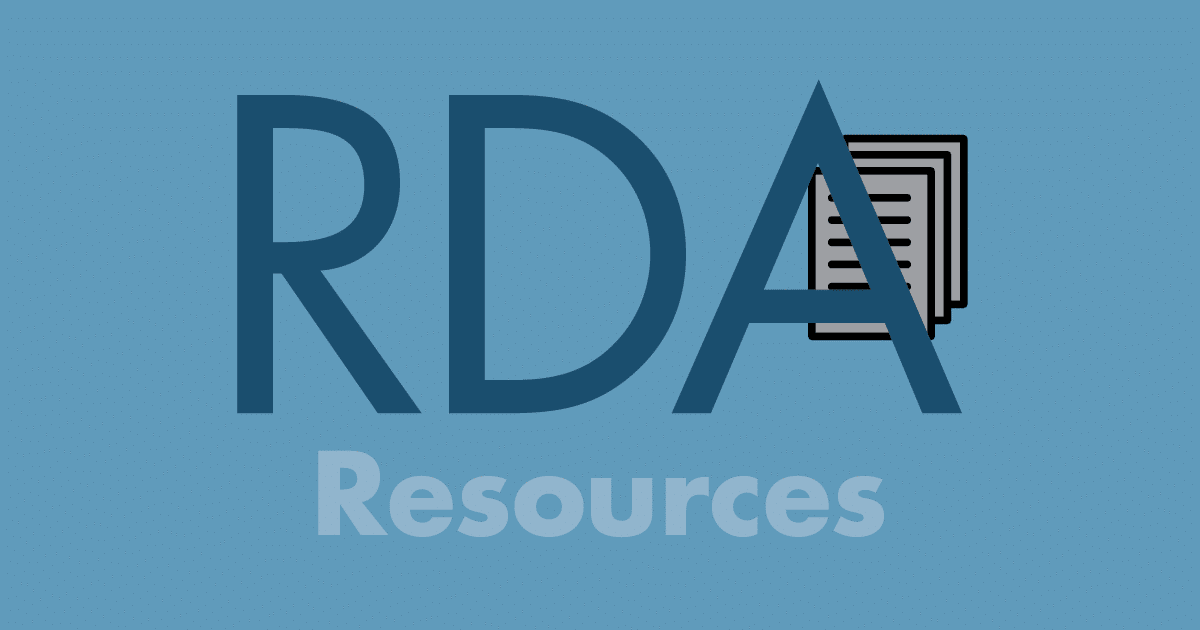Dentists who have hired an out-of-state-trained dental assistant and would like to enable that assistant to become a licensed RDA in California now have a simplified resource to help with that process. The new resource, available at cda.org/practicesupport, clearly defines the two paths that a dental assistant can follow to become a California-licensed dental assistant.
Dental assistants seeking a California license must have met the required hours of work experience or formal training and completed dental board-approved courses in coronal polishing, infection control and the Dental Practice Act prior to taking a written RDA licensure examination. Proof of radiation safety coursework is also required for licensure. The resource includes final steps for completing and mailing the application plus relevant links to applicable forms.
“We were hearing from dentists that they were excited to hire well-trained dental assistants from other states but they and their assistants found it challenging to decipher the steps required to become a California-licensed RDA,” said Michelle Corbo, employment practices analyst at CDA Practice Support. “This resource was designed to help members precisely with this process. The steps to becoming a California RDA are now clearly outlined in a one-page resource.”
Due to dental workforce and broader economic trends, dentists are finding it more challenging to hire and retain qualified dental assistants. While the number of dentists and dental hygienists entering the workforce rose steadily between 2006 and 2016, for example, the number of employed dental assistants dropped considerably, particularly in California’s coastal cities. Nationwide in 2014, that number fell below, and has remained below, the number of employed dentists, according to information published by the American Dental Education Association.
Dental assistants from out of state are therefore an available and ready workforce deterred only by what CDA members say can be a difficult process to California licensure.
These staffing challenges faced by practice owners led the CDA House of Delegates in 2017 to create the 2018 Dental Office Staffing Task Force to study and develop statewide solutions to the shortage of dental office staff and of dental assistants in particular. The new CDA Practice Support resource grew out of this study.
“The task force identified the need to help dentists both hire and keep skilled and loyal staff, and this includes dental assistants trained out of state who want to obtain a California license or advance in their profession,” said Corbo, a task force member. “This new resource is a first tool to help.”
The task force identified and recommended other areas for action, including initiating a project to enable local dental components to share successful local activities and developing materials to help school counselors and other stakeholders promote dental careers in order to “build a dental-assisting pipeline.”
Find the new downloadable resource, “Helping Your Out-of-State Trained Dental Assistant To Become a California-Registered Dental Assistant,” at cda.org/practicesupport.

